
Even though I grew up in sunny Florida, I was still fairly prone to sunburns ― especially on annual family vacations, when I’d spend hours with my cousins playing in the ocean and emerge with bright red burns that sometimes blistered and always hurt. Even though this only happened about once a year, my mom would tell me that one bad sunburn meant I was X-percentage more likely to get skin cancer in the future. In my memory, this percentage swings from 20% to 50% or even 80%.
Even though my mom wasn’t a dermatologist, I should have listened to her pleas for me to wear sunscreen and be mindful of my future skin and health. As I got older, I often thought about the statistics she shared, wondering if she was correct or being a little melodramatic. Everyone gets sunburned every now and then, right? How bad could it really be?
According to dermatologists, it’s far from OK. And my mom’s statistics actually weren’t far off.
“It is believed that one blistering childhood sunburn doubles your risk of developing melanoma later in life,” said Boca Raton-based dermatologist Jeffrey Fromowitz, citing a statistic that’s backed up by research and the Skin Cancer Foundation. Fromowitz also shared that five or more “typical” sunburns (not blistering) also double the your risk of developing melanoma, the most dangerous and deadly type of skin cancer.
What A Sunburn Actually Does To Your Skin
Most of us know that sunburns don’t feel particularly great. They can be sore, tender and stinging. They can cause blisters to develop or skin to peel. But fewer of us are probably aware of what’s actually happening to our skin cells when we get a sunburn.
Debra Jaliman is a board-certified dermatologist and assistant professor of dermatology at Icahn School of Medicine at Mount Sinai in New York, and the author of the book “Skin Rules: Trade Secrets from a Top New York Dermatologist.” She explained to HuffPost that too much exposure to ultraviolet (UV) light from the sun is what specifically causes sunburn.
“A sunburn is your body’s way of reacting to damage caused by UV radiation. When your body takes up too much sun, it will react by turning red,” Jaliman said. “The redness and pain caused by a sunburn is your body’s immune system reacting and its natural inflammatory response. Skin cells receive extra blood to help with healing of the damaged skin.”
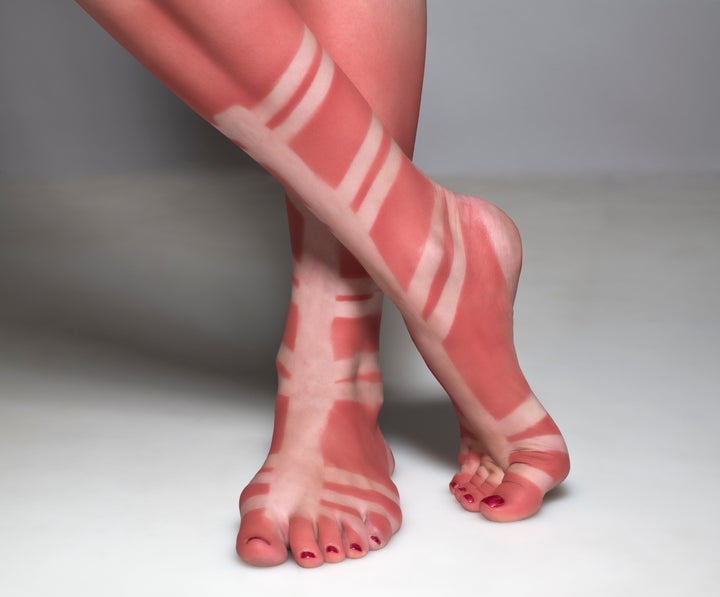
If the word “radiation” scares you, it should, as that’s exactly what is happening to your skin when you spend too much time in the sun without proper protection. Jaliman echoes Fromowitz’s point that just one bad sunburn can raise your lifetime risk of skin cancer, so it’s worth taking seriously.
Don’t Brush Off One Bad Burn
It bears repeating that just one bad sunburn can double your risk of getting a melanoma.
“Sunburns should never be normalized,” Jaliman explained, noting that if you have a family history of skin cancer, you should be extra cautious (though everyone should be wearing an SPF of 30 or higher when exposed to the sun). “Genetics play a role. Families tend to have similar skin types, which may increase your risk of developing a skin cancer if you have a strong family history of malignant melanomas.”
If you’re wondering about that afternoon you spent in the sun last weekend and the slight tinge of pink that appeared on your shoulders or face, it’s important to know that this, too, is risky.
“Even getting pink from the sun indicates some damage at a cellular level,” Fromowitz shared.
Think you’re not at risk because you don’t have fair skin? Think again. You could be MORE at risk.
If you have a darker skin tone and don’t tend to burn as quickly or easily as other people, this is not a reason to let your guard down when it comes to sun protection. In fact, it may be a reason to be even more cautious.
“Many think that because they have a certain skin type they aren’t at risk for skin cancer from a sunburn. Being aware that anyone can get skin cancer is important,” Jaliman said.
As Min Deng, a dermatologist at MedStar Health, shared with HuffPost, skin cancers (including melanoma) affect Black and Hispanic people at a disproportionately deadly rate compared to white people.
“When skin cancer is found in Black and Hispanic people, they tend to be diagnosed at a later stage and, as a result, have a worse prognosis,” Deng said.
What You Should Know If You Have A History Of Bad Burns
If you’re reading this story and panicking as you recall the painful burn you got at summer camp or the time you thought tanning regularly was a good idea, it’s important to know that there are still ways to prioritize your skin health going forward.
You may not be able to change the damage that has been done, but you can certainly be on the lookout for early signs of skin cancer. Early detection is often the difference between a good prognosis and a bad one.
“Everyone should have an annual skin check once they reach adulthood,” Jaliman said, noting that self-checks can also be important. “If you have a history of skin cancer and/or have any suspicious moles, other spots or have a history of bad sunburns, you should go sooner.”
Some things to look out for, according to Jaliman: any moles that are atypical, meaning they have a large diameter, asymmetry, an irregular border or various shades of color.
How To Avoid Bad Sunburns
Even though most people know just how to avoid bad sunburns (broad-spectrum SPF 30 or higher is a good bet), it’s worth repeating.
“Practice safe sun, and wear sun-protective clothing (hats, UV-protective fabrics, long sleeves, etc),” Fromowitz said. “Don’t forget to protect your eyes as well with UV-filtered sunglasses.”
And if you think this only replies to the spring or summer months, think again.
“The UV rays that cause you to get sunburn are not as strong in the winter, but they are still present,” Jaliman said. “The UV rays that cause you to get those fine lines, wrinkles and cause skin pigmentation are present throughout the year. UV rays even go through clouds.”
There’s a reason why cloudy and windy pool or beach days can sometimes cause bad sunburns, after all.
If you find yourself cringing thinking about your 10-year-old self’s failure to reapply sunscreen before that game of beach volleyball or surfing lesson, you’re certainly not alone. Make it up to yourself by doing a skin check at home right now, or scheduling an appointment with a dermatologist — it just might be the difference between early detection of skin cancer or missing it entirely.
Now go stock up on some sunscreen, and thank yourself later.
HuffPost may receive a share from purchases made via links on this page. Prices and availability subject to change.
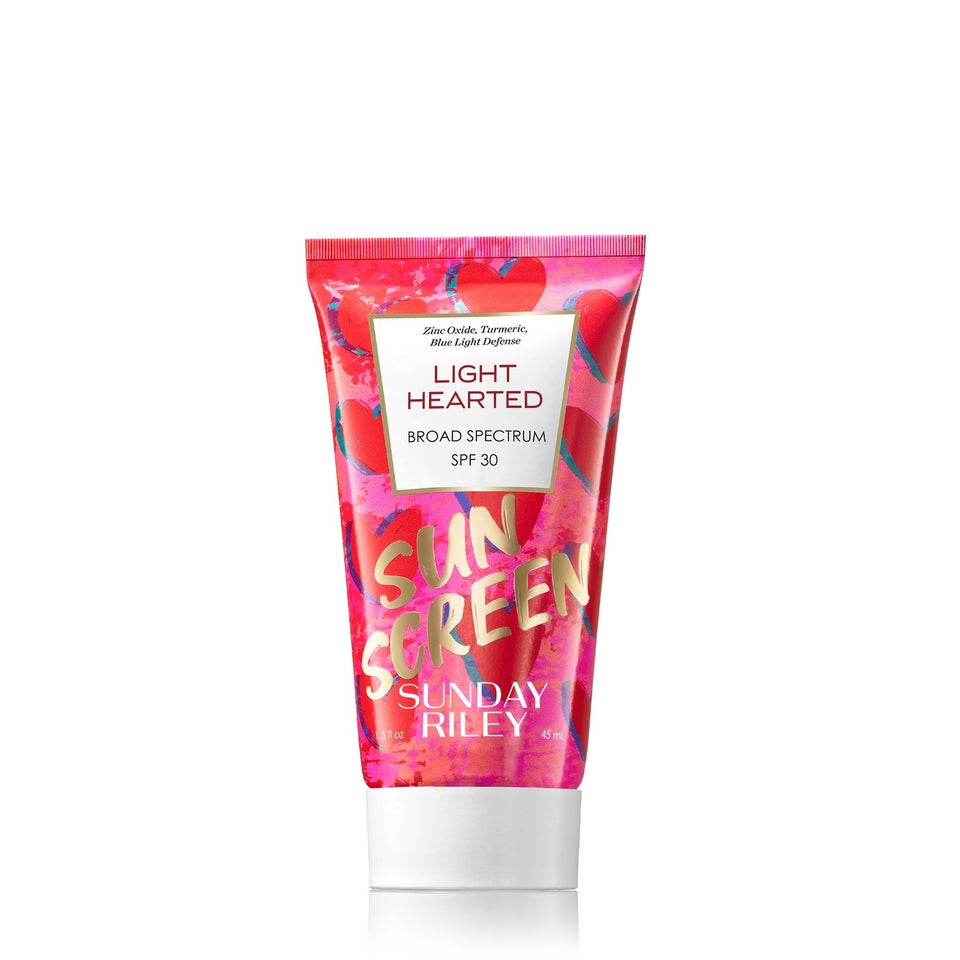
Get Sunday Riley Light Hearted Broad Spectrum SPF 30 Daily Face Sunscreen for $35.
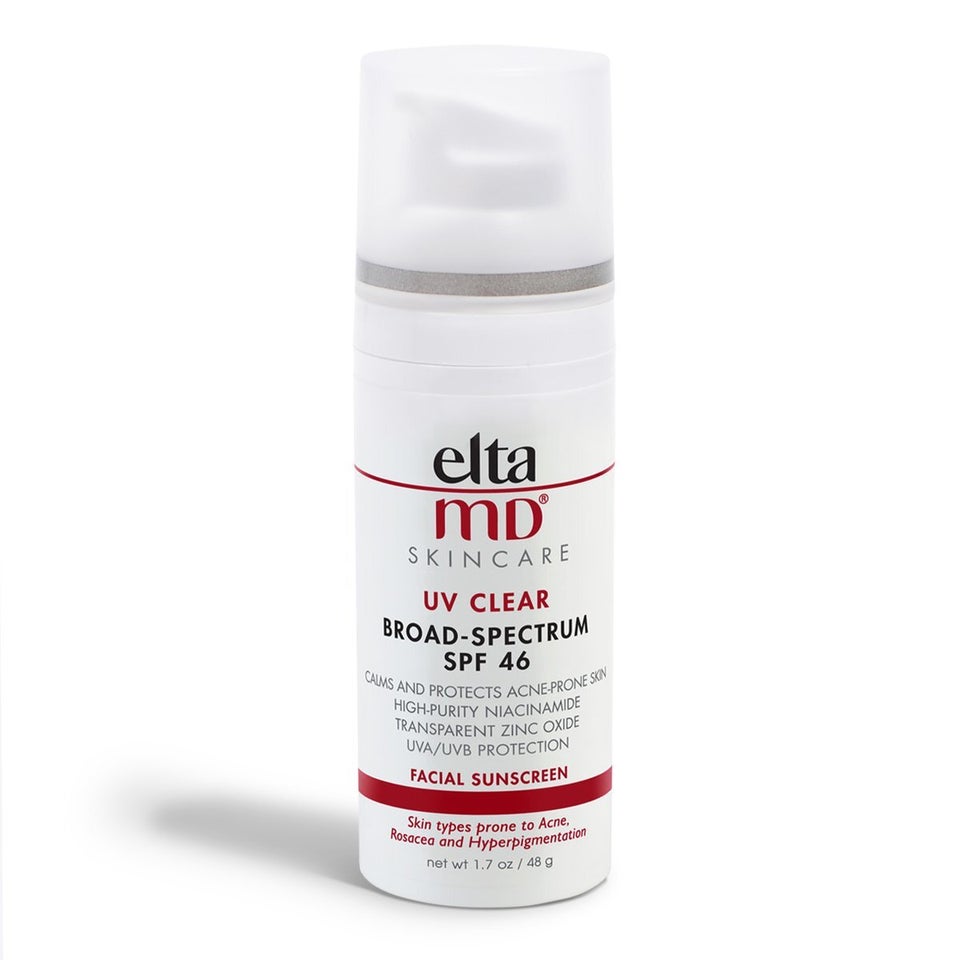
Get EltaMD UV Clear Broad-Spectrum SPF 46 for $37.
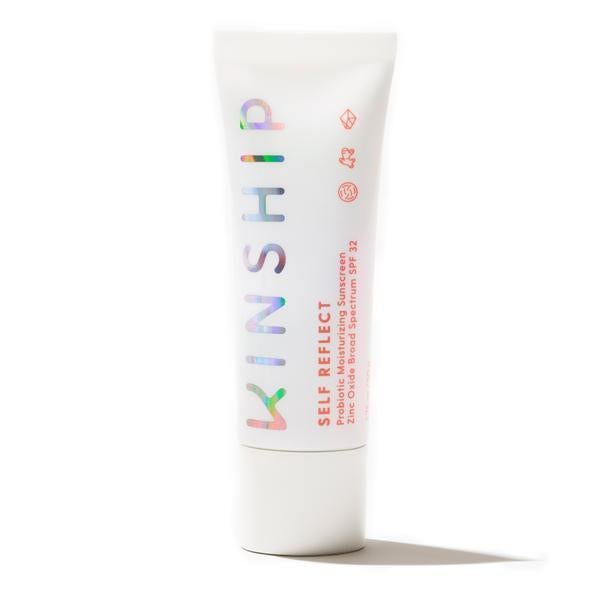
Get Kinship Self Reflect Probiotic Moisturizing Sunscreen Zinc Oxide SPF 32 for $42.
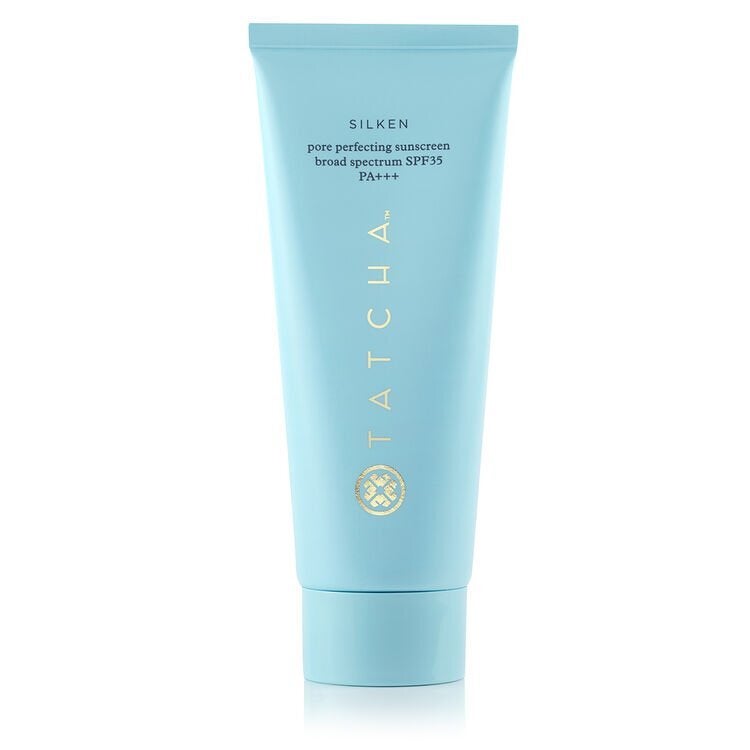
Get Tatcha Silken Pore Perfecting Sunscreen Broad Spectrum SPF 35 for $65.
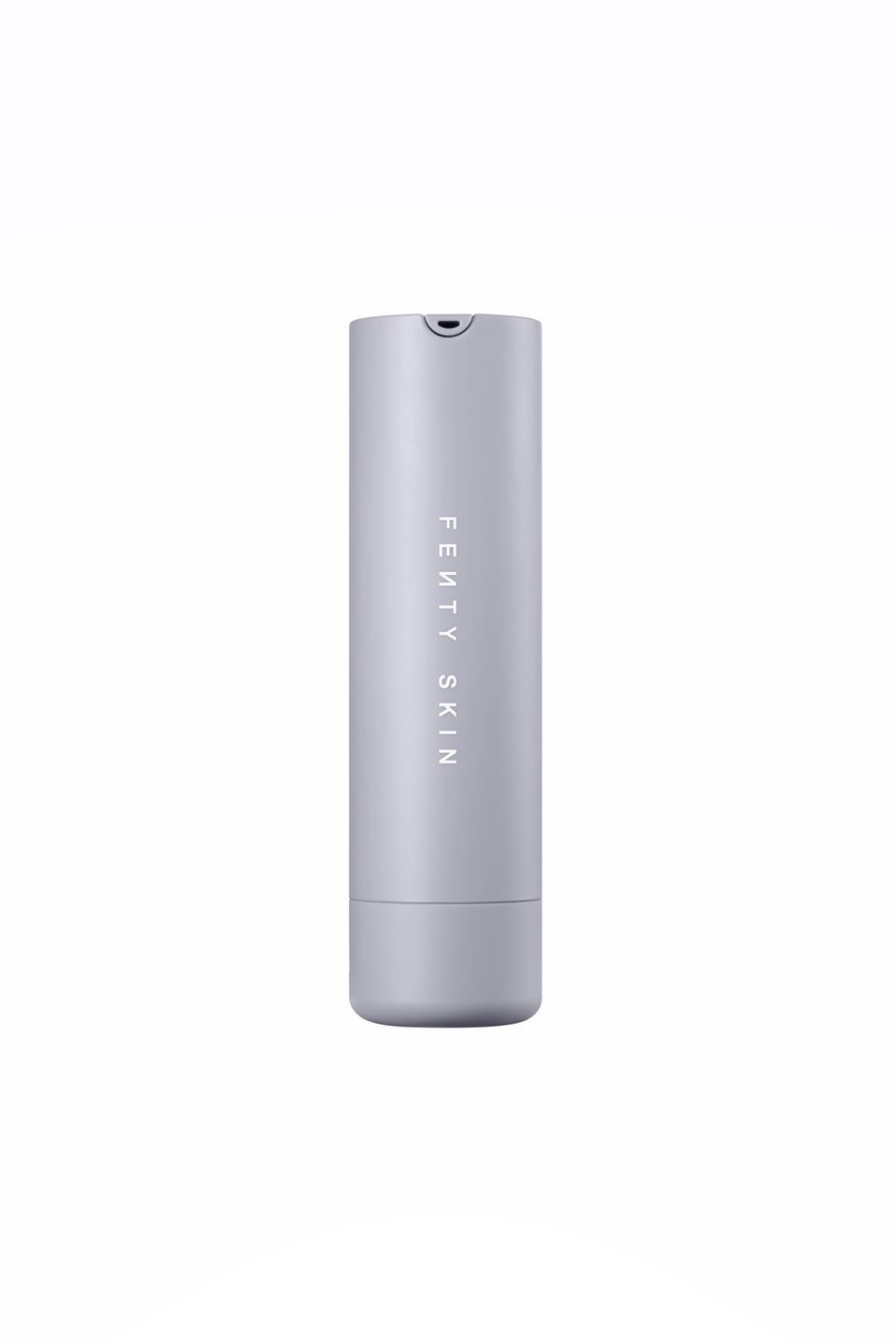
Get Fenty Skincare Hydra Vizor Invisible Moisturizer Broad Spectrum SPF 30 Sunscreen for $35.
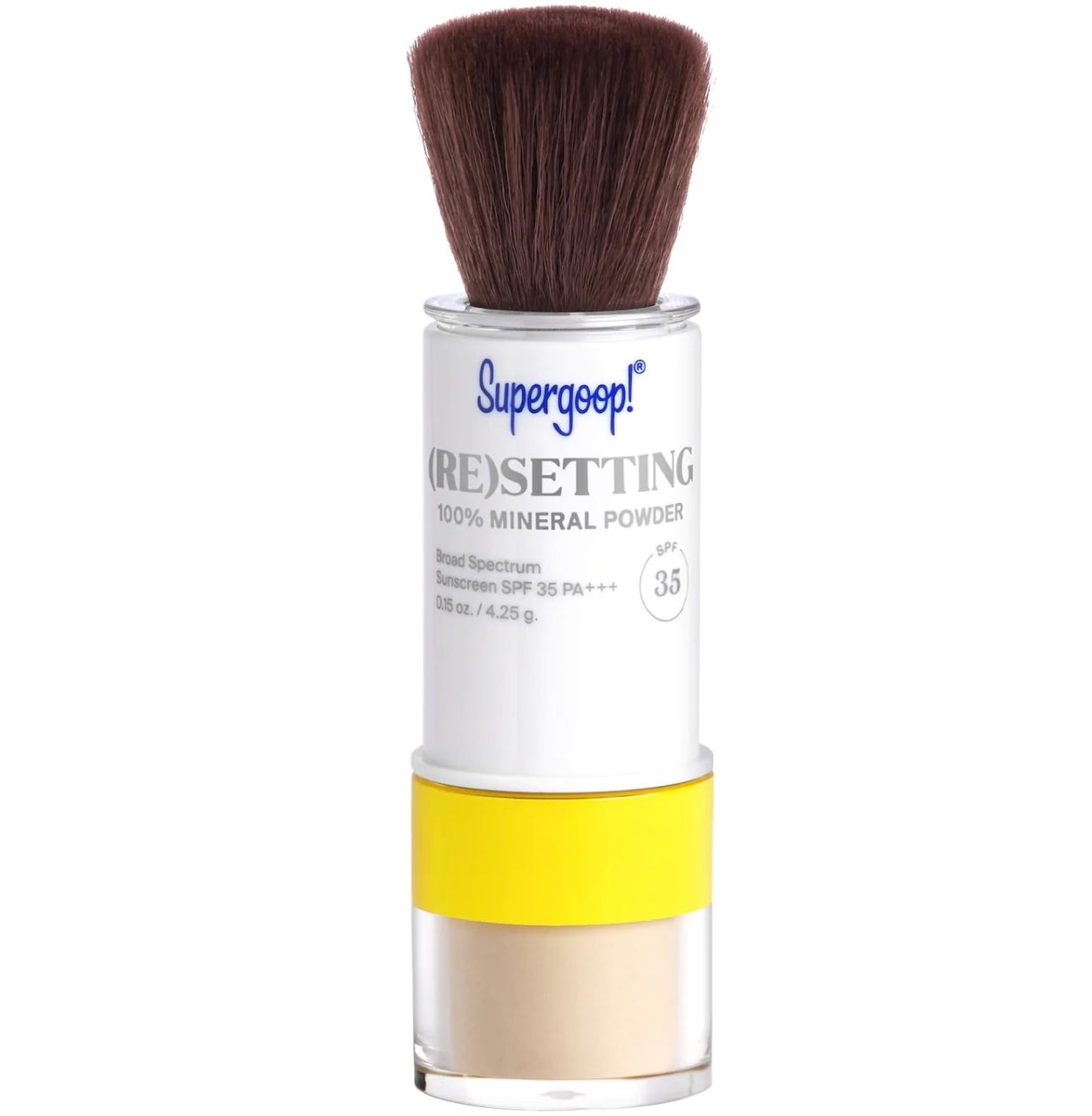
Get Supergoop! (Re)setting 100% Mineral Powder SPF 35 for $30.
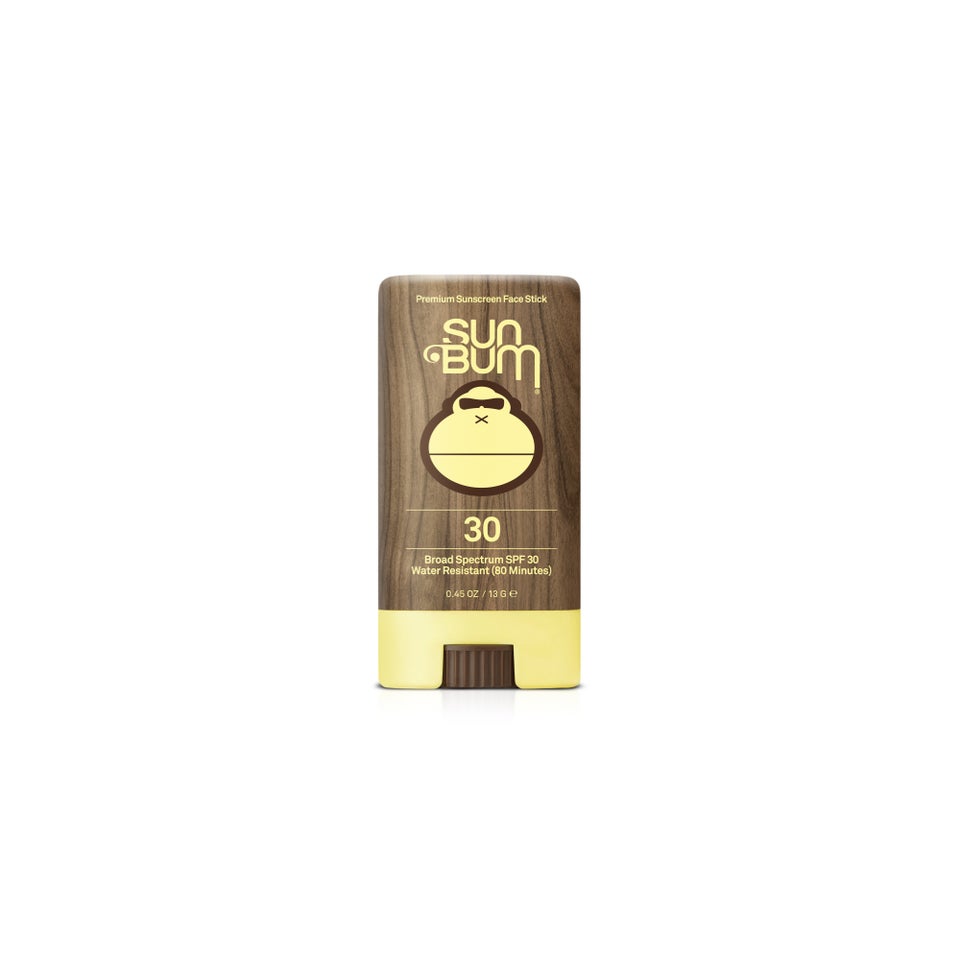
Get Sun Bum Original SPF 30 Sunscreen Face Stick for $10.99.
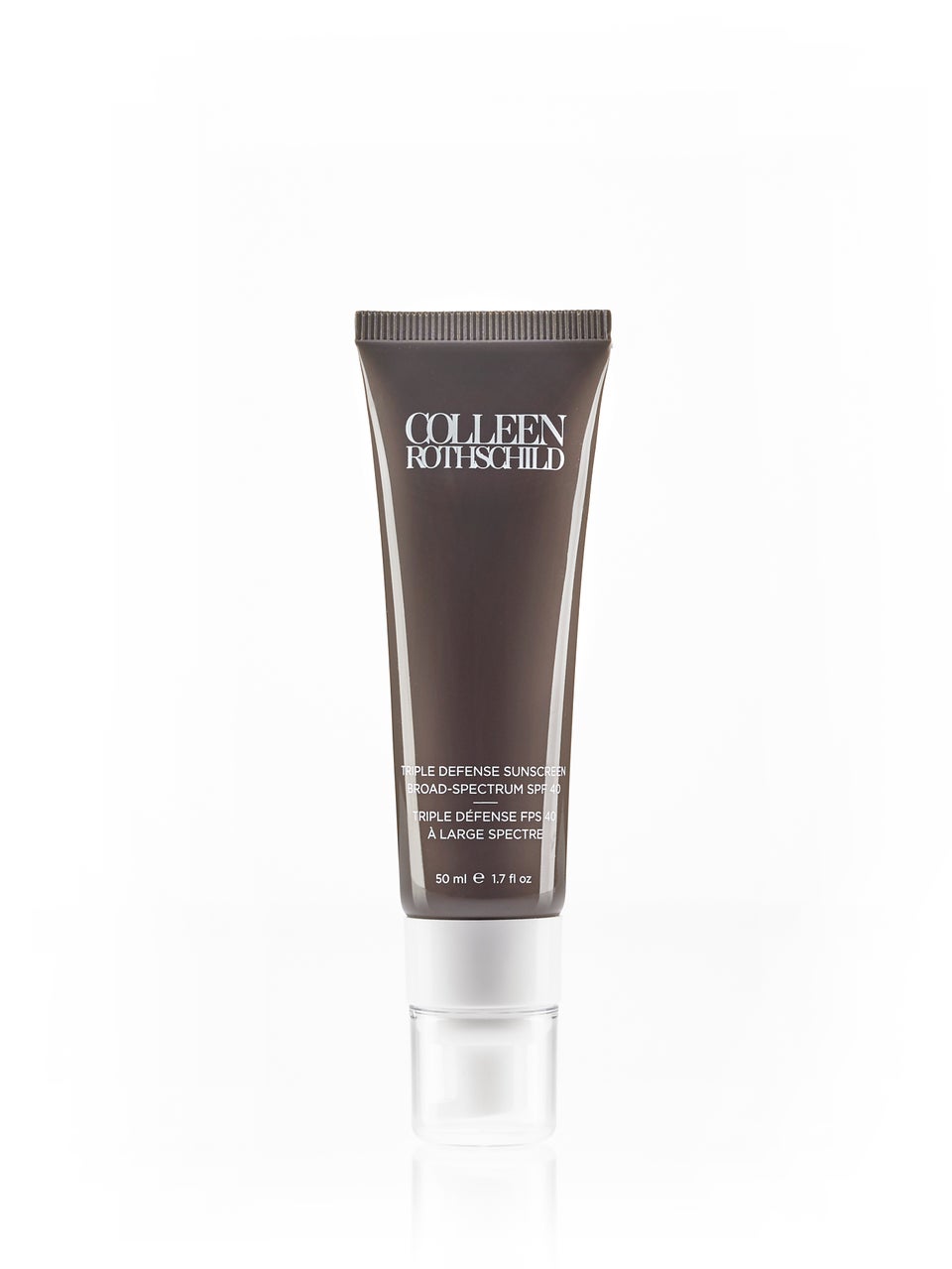
Get the Colleen Rothschild Beauty Triple Defense Sunscreen Broad-Spectrum SPF 40 for $48.

Get Renée Rouleau Weightless Protection SPF 30 for $57.50.